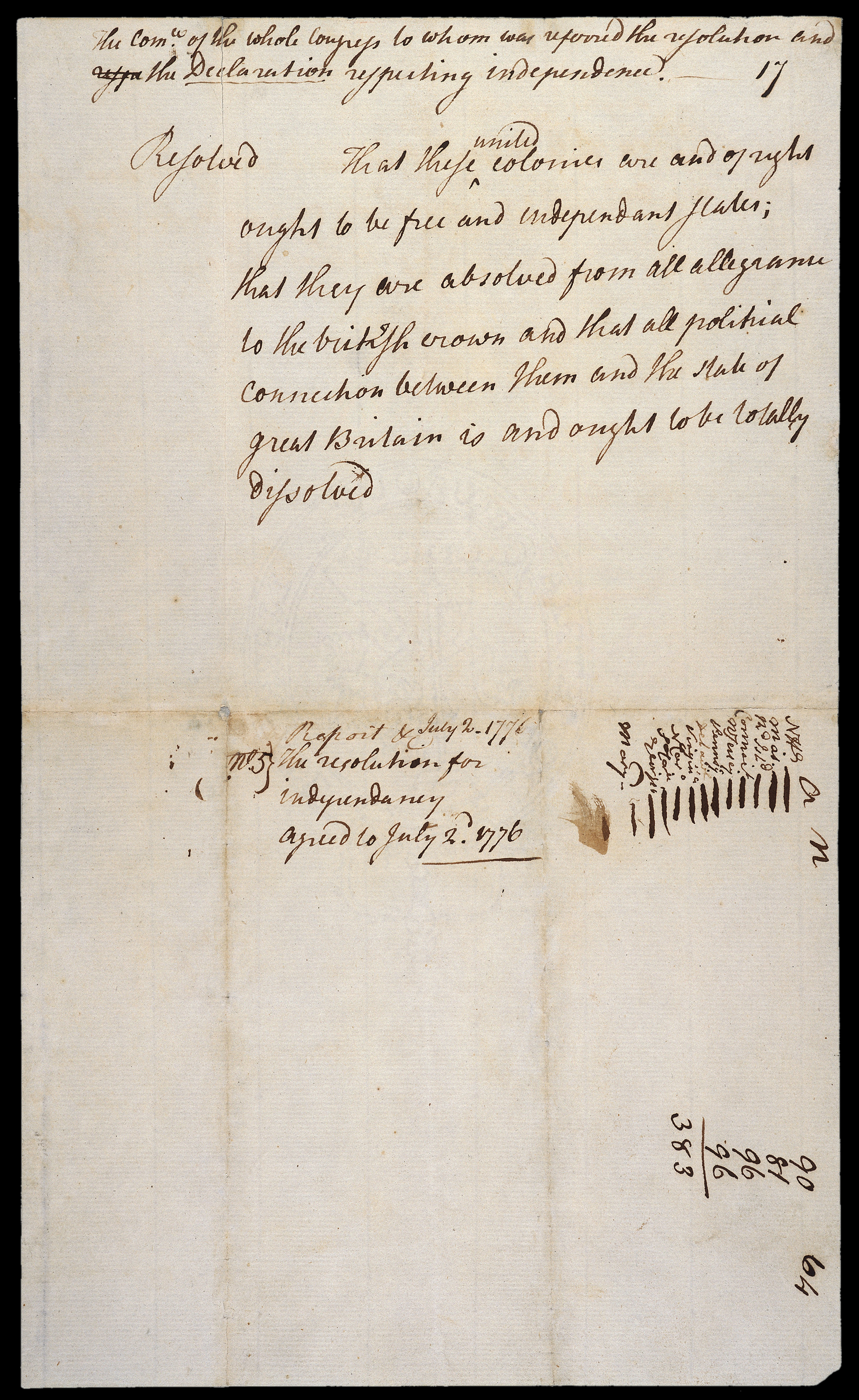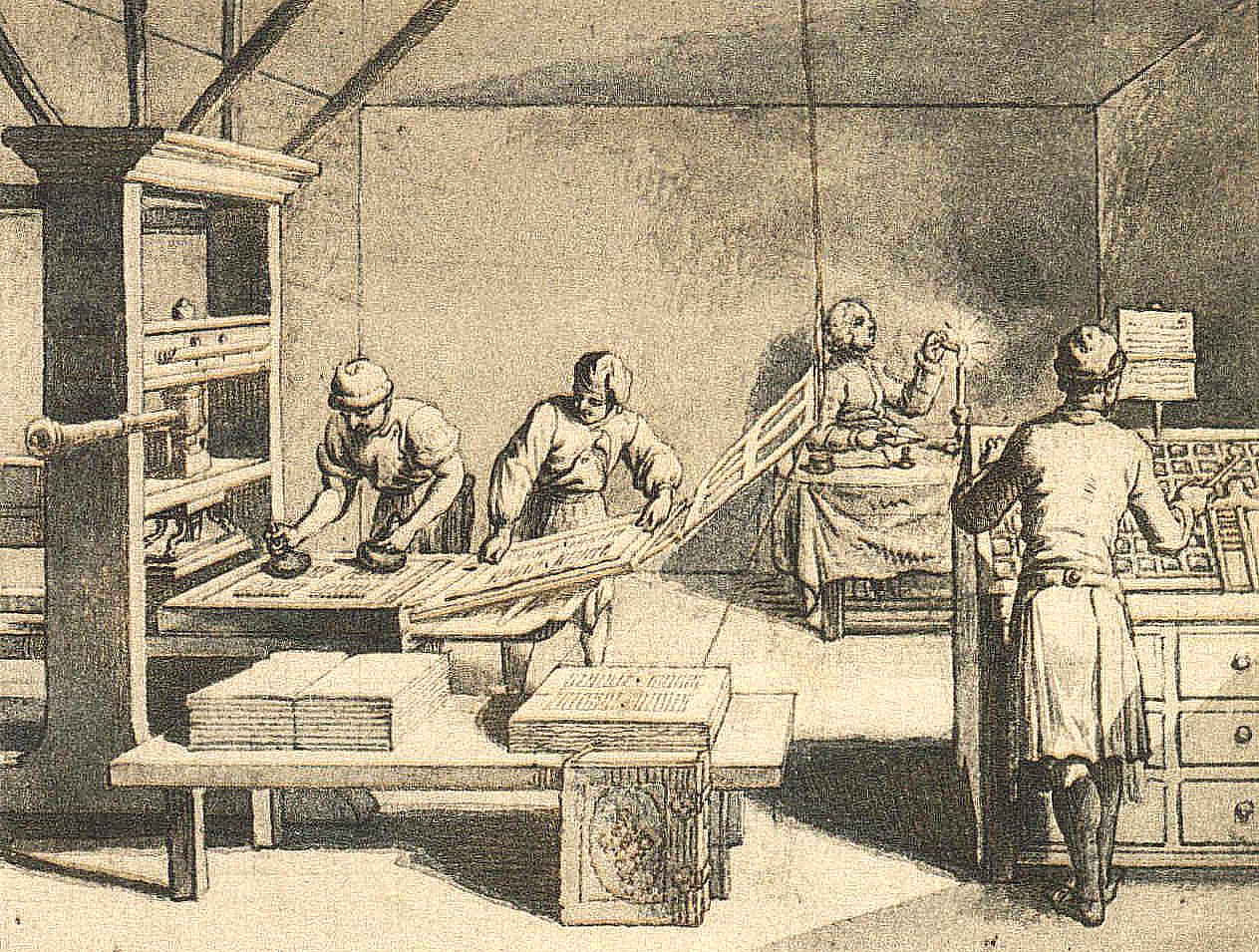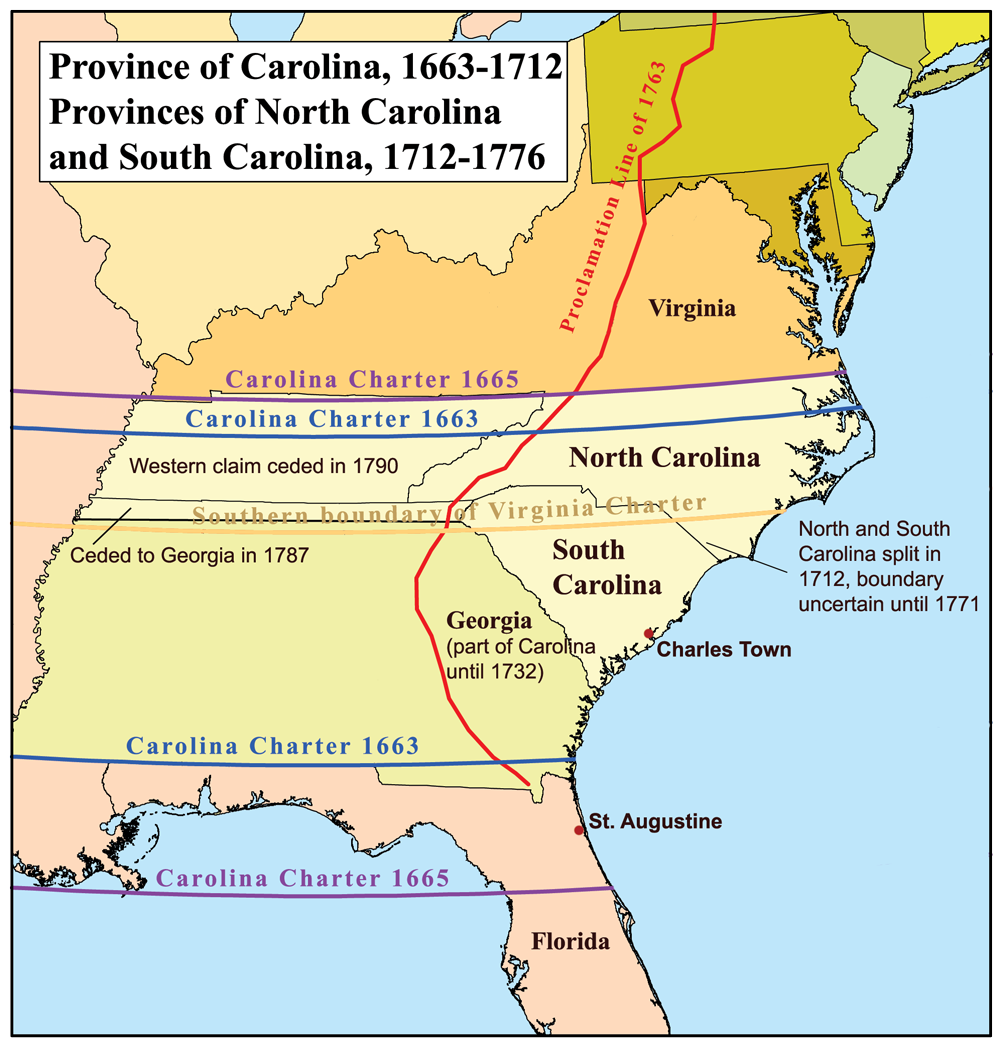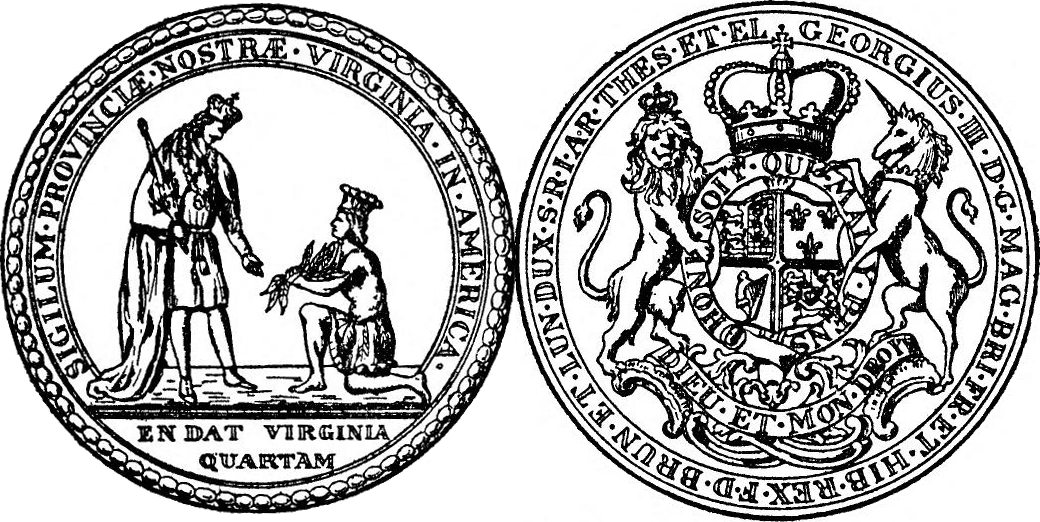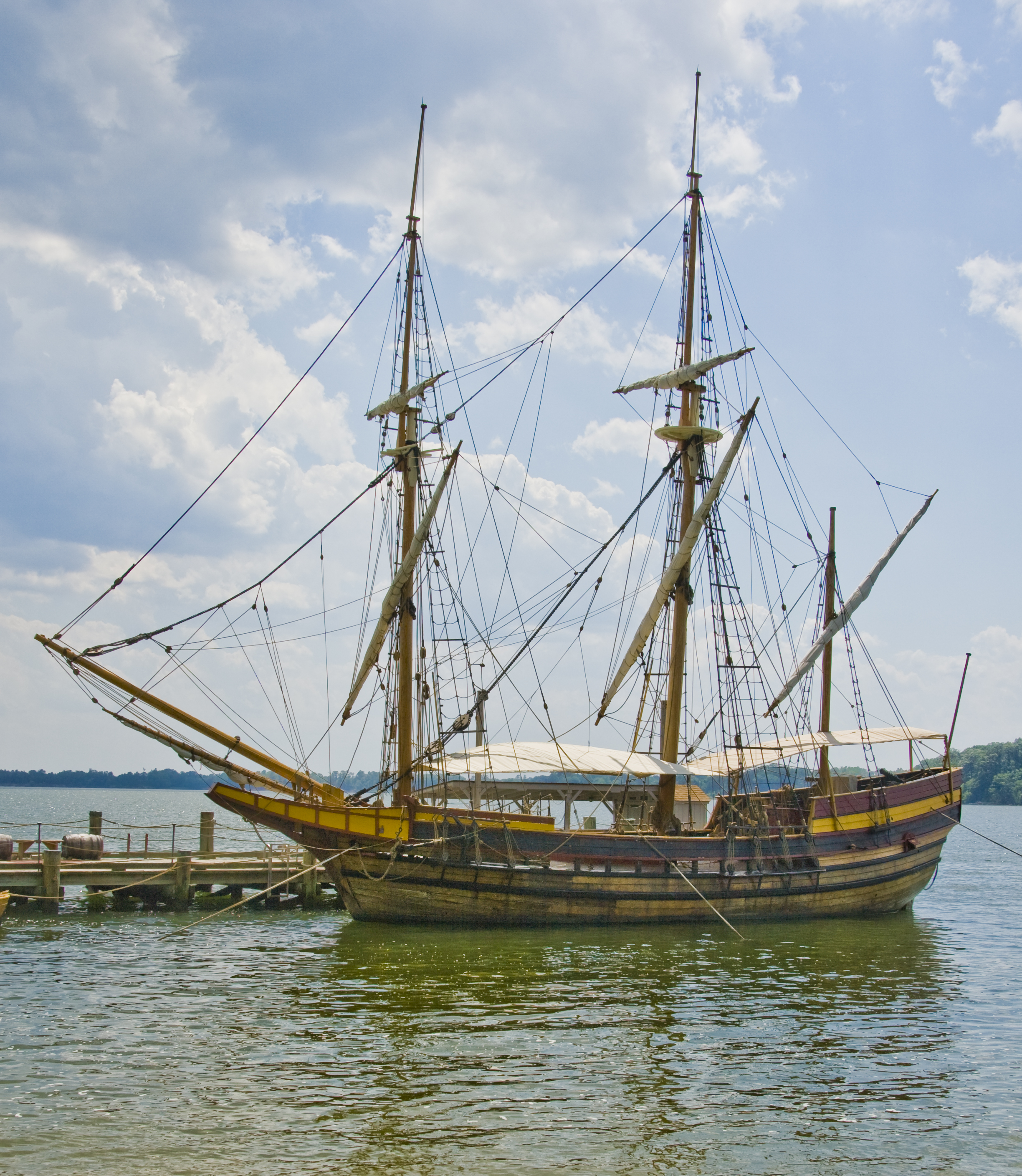|
American Declaration Of Independence
The United States Declaration of Independence, formally The unanimous Declaration of the thirteen States of America, is the pronouncement and founding document adopted by the Second Continental Congress meeting at Pennsylvania State House (later renamed Independence Hall) in Philadelphia, Pennsylvania, on July 4, 1776. Enacted during the American Revolution, the Declaration explains why the Thirteen Colonies at war with the Kingdom of Great Britain regarded themselves as thirteen independent sovereign states, no longer subject to British colonial rule. With the Declaration, these new states took a collective first step in forming the United States of America and, de facto, formalized the American Revolutionary War, which had been ongoing since April 1775. The Declaration of Independence was signed by 56 of America's Founding Fathers, congressional representatives from New Hampshire, Massachusetts Bay, Rhode Island and Providence Plantations, Connecticut, New York, New Jerse ... [...More Info...] [...Related Items...] OR: [Wikipedia] [Google] [Baidu] |
National Archives Building
The National Archives Building, known informally as Archives I, is the headquarters of the United States National Archives and Records Administration. It is located north of the National Mall at 700 Pennsylvania Avenue, Northwest, Washington, D.C. The Rotunda entrance is on Constitution Avenue, while the research entrance is on Pennsylvania Avenue. A second larger facility, known as "Archives II" (or simply as "A2"), is located in College Park, Maryland. Exhibits The National Archives building holds original copies of the three main formative documents of the United States and its government: the Declaration of Independence, the Constitution, and the Bill of Rights. These are displayed to the public in the main chamber of the National Archives, which is called the Rotunda for the Charters of Freedom. The building hosts additional important American historical items, including the Articles of Confederation, the Louisiana Purchase Treaty, the Emancipation Proclamation, ... [...More Info...] [...Related Items...] OR: [Wikipedia] [Google] [Baidu] |
Colony Of Rhode Island And Providence Plantations
The Colony of Rhode Island and Providence Plantations was one of the original Thirteen Colonies established on the east coast of America, bordering the Atlantic Ocean. It was founded by Roger Williams. It was an English colony from 1636 until 1707, and then a colony of Great Britain until the American Revolution in 1776, when it became the State of Rhode Island. Early America The land that became the English colony was first home to the Narragansett Indigenous Peoples, which led to the name of the modern town of Narragansett, Rhode Island. European settlement began around 1622 with a trading post at Sowams, now the town of Warren, Rhode Island. Roger Williams was a Puritan theologian and linguist who founded Providence Plantations in 1636 on land given to him by Narragansett sachem Canonicus. He was exiled under religious persecution from the Massachusetts Bay Colony; he and his fellow settlers agreed on an egalitarian constitution providing for majority rule "in civi ... [...More Info...] [...Related Items...] OR: [Wikipedia] [Google] [Baidu] |
Physical History Of The United States Declaration Of Independence
The physical history of the United States Declaration of Independence spans from its original drafting in 1776 into the discovery of historical documents in modern time. This includes a number of drafts, handwritten copies, and published broadsides. The Declaration of Independence states that the thirteen colonies were now the " United Colonies" which "are, and of Right ought to be Free and Independent States"; and were no longer a part of the British Empire. Drafts and pre-publication copies Composition Draft The earliest known draft of the Declaration of Independence is a fragment known as the "Composition Draft". The draft, written in July 1776, is in the handwriting of Thomas Jefferson, principal author of the Declaration. It was discovered in 1947 by historian Julian P. Boyd in the Jefferson papers at the Library of Congress. Boyd was examining primary documents for publication in ''The Papers of Thomas Jefferson'' when he found the document, a piece of paper that cont ... [...More Info...] [...Related Items...] OR: [Wikipedia] [Google] [Baidu] |
John Adams
John Adams (October 30, 1735 – July 4, 1826) was an American statesman, attorney, diplomat, writer, and Founding Fathers of the United States, Founding Father who served as the second president of the United States from 1797 to 1801. Before Presidency of John Adams, his presidency, he was a leader of the American Revolution that achieved independence from Kingdom of Great Britain, Great Britain, and during the war served as a diplomat in Europe. He was twice elected vice president of the United States, vice president, serving from 1789 to 1797 in a prestigious role with little power. Adams was a dedicated diarist and regularly corresponded with many important contemporaries, including his wife and adviser Abigail Adams as well as his friend and rival Thomas Jefferson. A lawyer and political activist prior to the Revolution, Adams was devoted to the right to counsel and presumption of innocence. He defied anti-British sentiment and successfully defended British soldiers agai ... [...More Info...] [...Related Items...] OR: [Wikipedia] [Google] [Baidu] |
Lee Resolution
The Lee Resolution (also known as "The Resolution for Independence") was the formal assertion passed by the Second Continental Congress on July 2, 1776 which resolved that the Thirteen Colonies in America (at the time referred to as United Colonies) were "free and independent States", separated from the British Empire and creating what became the United States of America (USA). News of this act was published that evening in '' The Pennsylvania Evening Post'' and the next day in '' The Pennsylvania Gazette''. The Declaration of Independence is the formal document which officially announced and explained the resolution, approved two days later on July 4, 1776. The resolution is named for Richard Henry Lee of Virginia who proposed it to Congress after receiving instructions and wording from the Fifth Virginia Convention and its President Edmund Pendleton. Lee's full resolution had three parts which were considered by Congress on June 7, 1776. Along with the independence issue ... [...More Info...] [...Related Items...] OR: [Wikipedia] [Google] [Baidu] |
Early American Publishers And Printers
Early American publishers and printers played a central role in the social, religious, political and commercial developments in colonial America, before, during, and after the American Revolution. Printing and publishing in the 17th and 18th centuries among the Thirteen Colonies of British North America first emerged as a result of religious enthusiasm and over the scarcity and subsequent great demand for bibles and other religious literature. By the mid-18th century, printing took on new proportions with the newspapers that began to emerge, most notably in Boston. When the British Crown began imposing new taxes, many of these newspapers became highly critical and outspoken about the British colonial government, which was widely considered unfair among the colonists. Schlesinger, 1935, p. 63. In the early years of colonial settlement communications between the various colonies, which were often hundreds of miles apart, usually consisted of dispatches, hand-written one at a ti ... [...More Info...] [...Related Items...] OR: [Wikipedia] [Google] [Baidu] |
Province Of Georgia
A province is almost always an administrative division within a country or state. The term derives from the ancient Roman '' provincia'', which was the major territorial and administrative unit of the Roman Empire's territorial possessions outside Italy. The term ''province'' has since been adopted by many countries. In some countries with no actual provinces, "the provinces" is a metaphorical term meaning "outside the capital city". While some provinces were produced artificially by colonial powers, others were formed around local groups with their own ethnic identities. Many have their own powers independent of central or federal authority, especially in Canada and Pakistan. In other countries, like China or France, provinces are the creation of central government, with very little autonomy. Etymology The English word ''province'' is attested since about 1330 and derives from the 13th-century Old French , which itself comes from the Latin word , which referred to the s ... [...More Info...] [...Related Items...] OR: [Wikipedia] [Google] [Baidu] |
Province Of South Carolina
Province of South Carolina, originally known as Clarendon Province, was a province of Great Britain that existed in North America from 1712 to 1776. It was one of the five Southern colonies and one of the thirteen American colonies. The monarch of Great Britain was represented by the Governor of South Carolina, until the colonies declared independence on July 4, 1776. Etymology "Carolina" is taken from the Latin word for "Charles" ( Carolus), honoring King Charles II, and was first named in the 1663 Royal Charter granting to Edward, Earl of Clarendon; George, Duke of Albemarle; William, Lord Craven; John, Lord Berkeley; Anthony, Lord Ashley; Sir George Carteret, Sir William Berkeley, and Sir John Colleton the right to settle lands in the present-day U.S. states of North Carolina, Tennessee, South Carolina, Georgia, Alabama, Mississippi, and Florida. History Charles Town was the first settlement, established in 1670. King Charles II had given the land to a ... [...More Info...] [...Related Items...] OR: [Wikipedia] [Google] [Baidu] |
Province Of North Carolina
Province of North Carolina was a province of Great Britain that existed in North America from 1712(p. 80) to 1776. It was one of the five Southern colonies and one of the thirteen American colonies. The monarch of Great Britain was represented by the Governor of North Carolina, until the colonies declared independence on July 4, 1776. Etymology "Carolina" is taken from the Latin word for "Charles" ( Carolus), honoring King Charles II, and was first named in the 1663 Royal Charter granting to Edward, Earl of Clarendon; George, Duke of Albemarle; William, Lord Craven; John, Lord Berkeley; Anthony, Lord Ashley; Sir George Carteret, Sir William Berkeley, and Sir John Colleton the right to settle lands in the present-day U.S. states of North Carolina, Tennessee, South Carolina, Georgia, Alabama, Mississippi, and Florida. History King Charles II granted the Charter of Carolina in 1663 for land south of the British Colony of Virginia and north of Spanish Fl ... [...More Info...] [...Related Items...] OR: [Wikipedia] [Google] [Baidu] |
Colony Of Virginia
The Colony of Virginia, chartered in 1606 and settled in 1607, was the first enduring English colonial empire, English colony in North America, following failed attempts at settlement on Newfoundland (island), Newfoundland by Sir Humphrey GilbertGilbert (Saunders Family), Sir Humphrey" (history), ''Dictionary of Canadian Biography'' Online, University of Toronto, May 2, 2005 in 1583 and the colony of Roanoke (further south, in modern eastern North Carolina) by Sir Walter Raleigh in the late 1580s. The founder of the new colony was the Virginia Company, with the first two settlements in Jamestown, Virginia, Jamestown on the north bank of the James River and Popham Colony on the Kennebec River in modern-day Maine, both in 1607. The Popham colony quickly failed due to Starving Time, a famine, disease, and conflicts with local Native American tribes in the first two years. Jamestown occupied land belonging to the Powhatan Confederacy, and was also at the brink of failure before the arr ... [...More Info...] [...Related Items...] OR: [Wikipedia] [Google] [Baidu] |
Delaware Colony
Delaware Colony in the North American Middle Colonies consisted of land on the west bank of the Delaware River Bay. In the early 17th century the area was inhabited by Lenape and possibly the Assateague tribes of Native Americans. The first European settlers were Swedes, who established the colony New Sweden at Fort Christina at present day Wilmington, in 1638. The Dutch captured the colony in 1655 and annexed it to New Netherland to the north. The English took control from the Dutch in 1664, and in 1682, William Penn, the Quaker Proprietor of Pennsylvania to the north, leased "the three lower counties on the Delaware River" from James, the Duke of York (future King James II). The Lower Counties of Delaware were governed as part of Pennsylvania from 1682 until 1701, when the Lower Counties petitioned for and were granted an independent colonial legislature; the two colonies shared the same governor until 1776. The English colonists who settled Delaware were mainly Quakers. In ... [...More Info...] [...Related Items...] OR: [Wikipedia] [Google] [Baidu] |
Province Of Maryland
The Province of Maryland was an English and later British colony in North America that existed from 1632 until 1776, when it joined the other twelve of the Thirteen Colonies in rebellion against Great Britain and became the U.S. state of Maryland. Its first settlement and capital was St. Mary's City, in the southern end of St. Mary's County, which is a peninsula in the Chesapeake Bay and is also bordered by four tidal rivers. The province began as a proprietary colony of the English Lord Baltimore, who wished to create a haven for English Catholics in the New World at the time of the European wars of religion. Although Maryland was an early pioneer of religious toleration in the English colonies, religious strife among Anglicans, Puritans, Catholics, and Quakers was common in the early years, and Puritan rebels briefly seized control of the province. In 1689, the year following the Glorious Revolution, John Coode led a rebellion that removed Lord Baltimore, a Catholic, fro ... [...More Info...] [...Related Items...] OR: [Wikipedia] [Google] [Baidu] |
(cropped).jpg)



